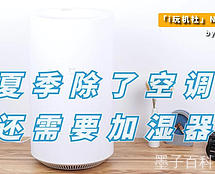
The term “toilet” refers to a fixture used for human waste disposal and personal hygiene. It typically includes a toilet bowl, seat, and flush mechanism. The toilet is an essential part of any indoor plumbing system and is connected to a sewage or septic system for waste disposal.
A toilet consists of several components that work together to ensure proper waste disposal. The toilet bowl is the receptacle where waste is deposited, and it is connected to a waste pipe that leads to the sewage system. The flush mechanism, usually a lever or button, activates the water flow from the reservoir tank. This water flushes down the waste into the sewer, while the toilet seat provides comfort for the user.
Proper toilet hygiene is crucial for maintaining cleanliness and preventing the spread of diseases. After using the toilet, it is essential to thoroughly clean your hands using soap and water. Regular cleaning of the toilet bowl and seat helps to eliminate bacteria and unpleasant odors. Additionally, proper ventilation in the bathroom is necessary to prevent the buildup of moisture, which can lead to mold and mildew.
The design and functionality of toilets have evolved over the years. Early versions of toilets were simple pit latrines or chamber pots. The invention of the flush toilet in the 19th century revolutionized sanitation practices. Today, there are various types of toilets available, including gravity flush toilets, pressure-assisted toilets, and composting toilets. These advancements aim to improve water efficiency, reduce waste, and promote sustainability.














